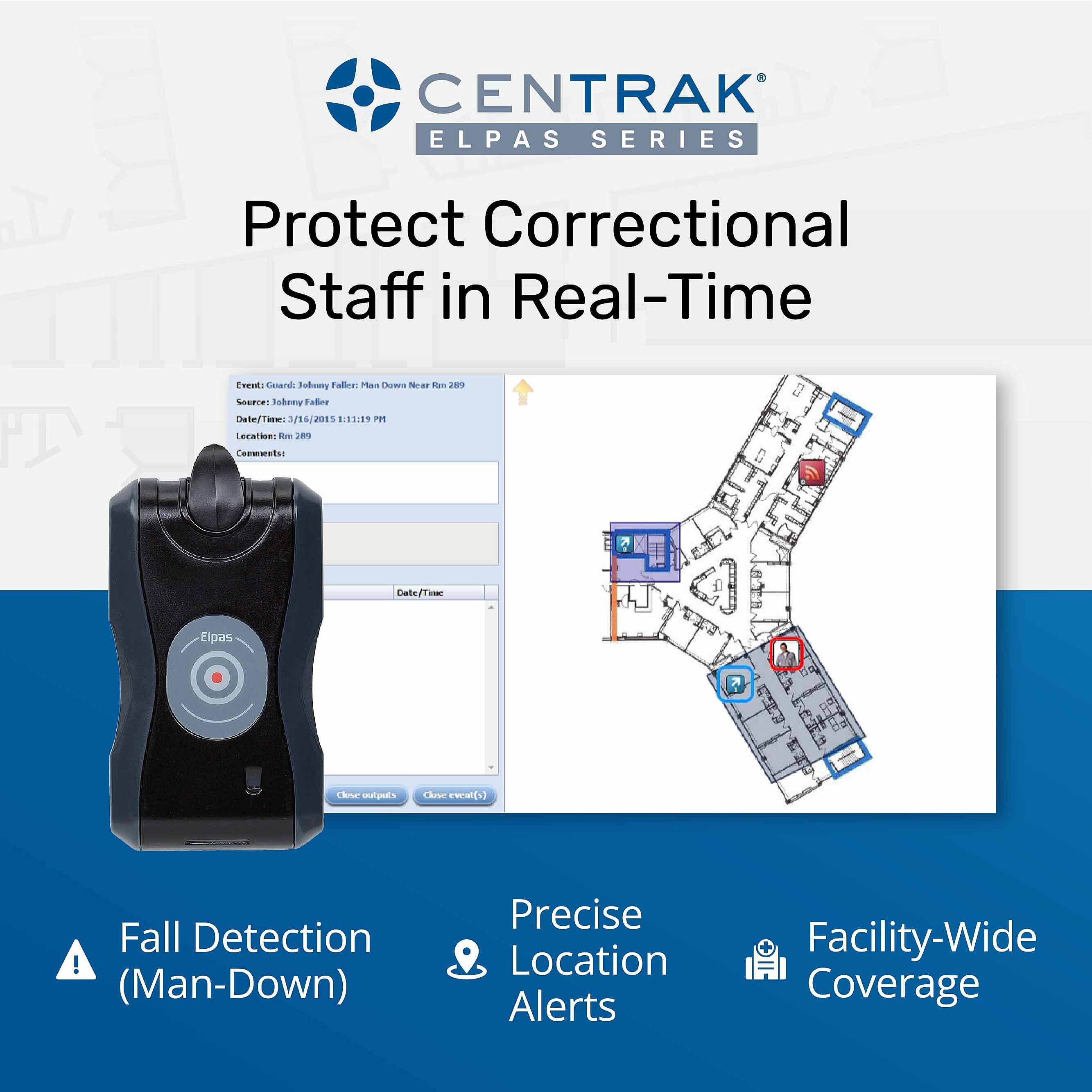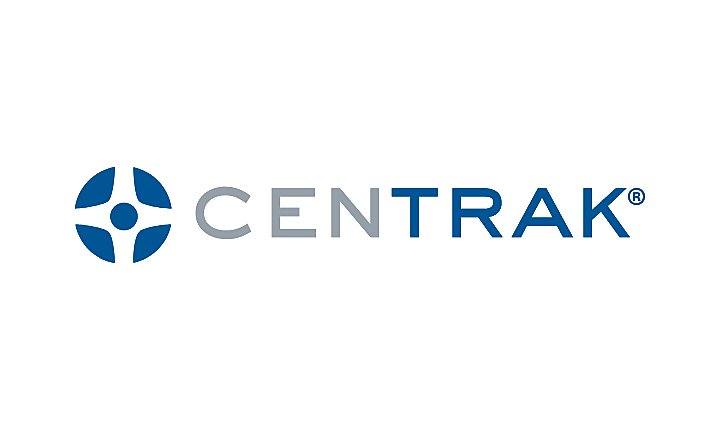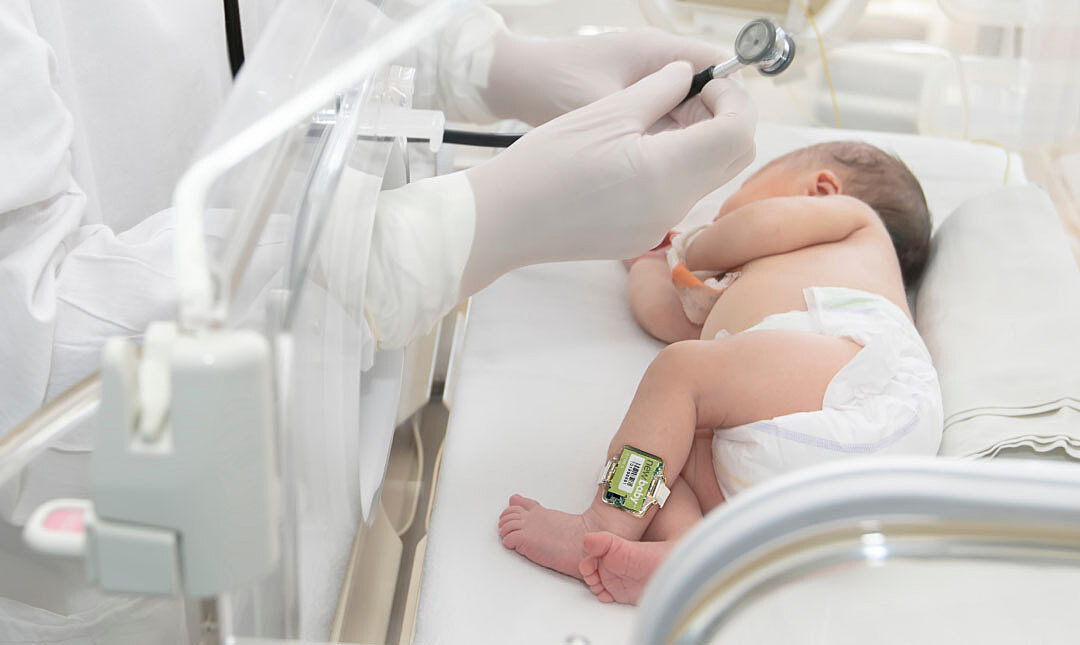Enhancing Workplace Safety in Senior Care: The Joint Commission's New Accreditation Criteria

Workplace violence is a growing concern, particularly within the healthcare sector. Incidents of violence against healthcare workers, including caregivers in assisted living communities and nursing centers, have risen steadily in recent years. As organizations work to protect both staff and residents, the Joint Commission continues to evolve its guidelines to help mitigate this risk and ensure safer environments.
On July 1, 2025, new accreditation criteria for assisted living communities and nursing care centers will take effect. These updated standards, designed to address the rise in workplace violence, offer a framework to help organizations develop and implement effective prevention strategies. Here's an overview of the key revisions and how technology solutions can support these initiatives.

Key Changes in the Joint Commission’s Revised Accreditation Criteria
The revised accreditation criteria focus on a comprehensive approach to preventing workplace violence. The new requirements cover several critical aspects:
- Defining Workplace Violence: A formal definition of workplace violence has been added to the Joint Commission’s Glossary, ensuring clarity and consistency in addressing this issue.
- Worksite Analysis: Organizations are now required to conduct annual worksite analyses to assess potential risks related to workplace violence. This proactive approach allows for targeted risk mitigation strategies.
- Leadership Oversight: Leadership must ensure that workplace violence prevention programs are in place, including ongoing oversight to ensure effectiveness and compliance.
- Policies and Procedures: Communities must develop and implement clear policies and procedures to prevent workplace violence. These protocols will guide staff on how to address violent incidents if they occur.
- Reporting Systems and Data Collection: A robust system for reporting and analyzing workplace violence incidents is required to track trends and outcomes, enabling informed decision-making.
- Post-Incident Strategies: Organizations must establish post-incident protocols to support staff and residents after a workplace violence event.
- Staff Training and Education: Ongoing education and training on violence prevention, recognition, response, and reporting are mandatory for all staff, leadership, and licensed practitioners.

How Technology Can Support Workplace Violence Prevention
The Joint Commission’s revised criteria call for both proactive and reactive measures to safeguard the workplace. Fortunately, modern technology solutions like Real-Time Location Systems (RTLS) can play a pivotal role in meeting these new requirements. Here's how:
1. Workplace Violence Prevention Program (EC.02.01.01)
The revised Element of Performance (EP 17) requires organizations to conduct an annual worksite analysis and take action based on the findings. An RTLS-enabled staff duress system can assist by capturing incident data automatically, which can then be analyzed to identify trends and risks. These insights allow organizations to address vulnerabilities before incidents escalate.
With an RTLS platform, analytics are easy to access and reports are generated automatically, providing clear visibility into workplace violence incidents. This data helps create a comprehensive prevention strategy and supports the Joint Commission's worksite analysis requirement.

2. Incident Monitoring and Reporting (EC.04.01.01)
The revised EP 1 requires explicit monitoring and reporting of workplace violence incidents. An RTLS system provides real-time monitoring of staff duress situations, automatically alerting co-workers and security teams to the location of the incident. This rapid response system improves safety and helps reduce the time it takes for help to arrive. Oftentimes, after an event occurs, the incident goes unreported. However, with an automated system that summons help in real-time, the incident can be immediately brought to the attention of the teams responsible for post-event analysis and follow-up.
Detailed reports on the timing and location of incidents help organizations better understand when and where workplace violence is most likely to occur, allowing for more informed staffing and preventive measures.
3. Staff Training on Workplace Violence (HR.01.05.03)
The new accreditation standards require regular training on workplace violence prevention for staff at all levels, including leadership. CenTrak’s Engage team provides training support, ensuring staff are equipped to prevent, recognize, and respond to violent incidents. Our clinical, technical, and security experts help organizations integrate RTLS solutions with training best practices, enhancing the effectiveness of both.
4. Workplace Violence Prevention Program (LD.03.01.01)
Under the new EP 9, leaders are responsible for ensuring that a workplace violence prevention program is in place. This program must be developed by a multidisciplinary team and include policies, reporting systems, and follow-up support. An RTLS-based staff safety system provides leaders with the tools they need to ensure staff are safe, while also showing employees that their safety is a priority. By improving response times and reducing the potential for violence to escalate, RTLS solutions contribute to a safer workplace environment.

The Power of CenTrak Solutions
CenTrak is committed to supporting healthcare communities in navigating the new Joint Commission accreditation requirements. Our unified platform, which includes real-time location tracking, staff duress systems, wander management, infant protection, and other RTLS-enabled use cases, provides a comprehensive approach to workplace violence prevention. All these solutions are available on a single, cost-effective, holistic staff and patient safety platform, designed to enhance safety and improve operational efficiency.

As workplace violence continues to be a pressing issue in senior care, CenTrak stands ready to help organizations protect what matters most. From staff safety to resident well-being, our technology is here to support your efforts and help you meet the new accreditation criteria effectively.
Let us guide you through the process of securing a safer environment for your staff and residents. Together, we can prevent violence, improve care, and meet the Joint Commission's updated standards.






